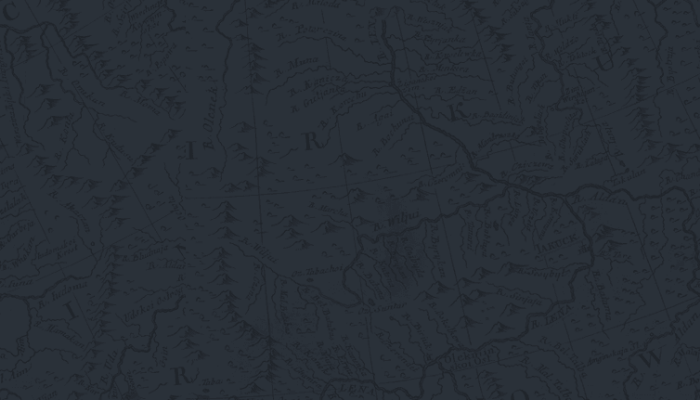Supporting Online Volunteer Response to the Nepal Earthquake

Apr 25, 2015

By Shadrock Roberts, Director, Resilience Network Initiative We understand the need to help; to act; to get involved when disaster strikes. It’s part of our history and why we create the tools that we do. We love technology because it allows us, as individuals, to play an active role in response efforts. However, we have learned from previous engagements that the most impact happens when we coordinate and help to make information flow more efficiently between responding efforts to major events. Upon hearing news of the 7.8 magnitude earthquake that struck Kathmandu valley, we immediately began tracking the activities of our colleagues, many of whom are taking a lead in coordinating volunteer efforts. As Ushahidi staff, we will be working with existing volunteer and technical organizations and call on our community to join us in doing the same. Listed below are known efforts from our colleagues.
Efforts around Information, Social Media, & Reporting
Standby Task Force (SBTF) organizes digital volunteers into a flexible, trained and prepared network ready to deploy in crises. They have activated for the Nepal response to:
Search social media for reports of damage and requests for assistance; process and map this information; and make it available to responding agencies.
Help create a database of information about which agencies are doing what and where (often referred to as “3Ws”) and compile any other data to support on-the-ground response efforts.
For information about how to volunteer with SBTF see their website. Follow them on Twitter @SBTaskForce.
MicroMappers is a Qatar Computing Research Institute (QCRI) platform deployed in partnership with SBTF. Volunteers can use MicroMappers to analyze tweets and pictures for evidence of damage & needs. No sign-up required.
Click here to analyze text pulled from Twitter for the Nepal Earthquake.
Click here to analyze images pulled from Twitter for the Nepal Earthquake.
Humanity Road strives to close the communications gap during sudden onset disaster and monitors social media to save lives. They support aid agencies and first responders by relaying urgent needs to those who can respond. Volunteers sign up and orientation are available online. They also have a considerable amount of Nepal-specific emergency information resources listed online. Follow them on Twitter @HumanityRoad.
Translators Without Borders is an independent non-profit association helping NGOs to extend their humanitarian work by providing free, professional translations. Volunteer sign-up is available through their website. For further inquiries Email rebecca@translatorswithoutborders.org. Follow them on Twitter @TranslatorsWB.
Efforts around Mapping & Geographic Information
Humanitarian OpenStreetMap Team (HOT) acts as a bridge between the traditional Humanitarian Responders and the OpenStreetMap (OSM) Community. They should be considered the primary point of contact for volunteer mapping from satellite imagery. HOT has worked extensively to secure access to satellite imagery for the creation of open data in OpenStreetMap in collaboration with the U.S. Government and humanitarian agencies. Specific volunteer tasks, information on communications channels, and background about existing projects can be found on the OSM Wiki. Follow them on Twitter @HotOSM.
Humanitarian Data Exchange (HDX) is a project of the UN Office for the Coordination of Humanitarian Affairs to make humanitarian data easy to find and use for analysis. You can search for existing data, which is being constantly updated. You can also create a free account to contribute data. Follow them on Twitter @humdata.
Understanding How Formal & Volunteer Organizations Work
The unprecedented response of online volunteers during the 2010 Earthquake in Haiti introduced new processes, tools, and actors to the humanitarian landscape but also brought new challenges: chiefly among them being coordination of information and efforts. To respond to this, the Digital Humanitarian Network (DHN) was established to act as an interface between formal, professional humanitarian organizations and informal yet skilled-and-agile volunteer & technical networks. They have produced two valuable documents to help different communities in disaster response to better understand each other and improve their coordination for maximum benefit to all. (Follow them on Twitter @Digihums.)
DHN’s “Guidance for Collaborating with Volunteer & Technical Communities” is a guide for formal humanitarian entities that are interested in collaborating with V&TCs. It will best fit the needs of organizations that have had exposure to V&TCs and their work, and now seek practical advice on proceeding with a deployment.
DHN’s “Guidance for Collaborating with Formal Humanitarian Organizations” is intended for Volunteer and Technical Communities (V&TCs) and tech groups that have a desire to collaborate with Formal Humanitarian Organizations and who are seeking practical advice on how to develop projects with them.